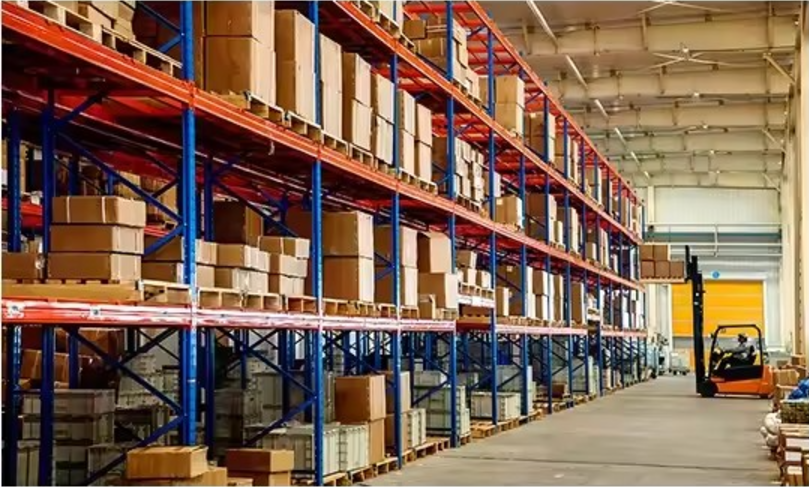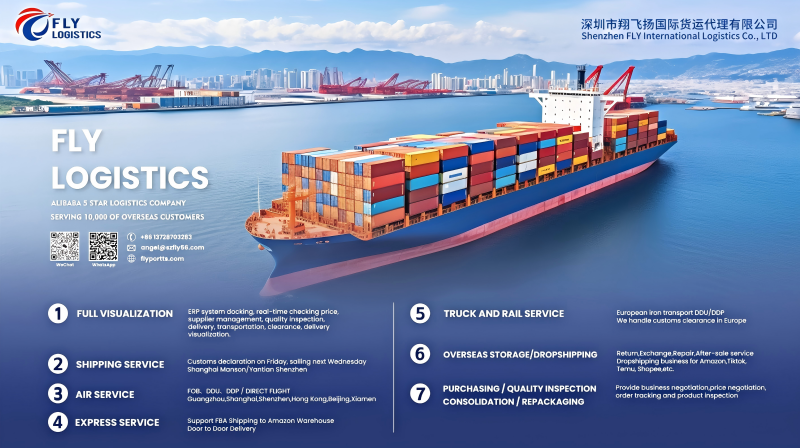Air freight rates will rise in the coming months and are likely to remain on the rise throughout 2025, said Jan Krems, president of United Cargo.
In recent years, air freight rates have seen significant fluctuations due to a combination of factors such as global demand, supply chain disruptions, and rising fuel costs. As we move into 2025, industry experts predict that air freight rates will continue to remain elevated, despite efforts to stabilize the market.
The Current State of Air Freight Rates
Air freight rates are the prices charged by airlines for the transportation of goods via air. These rates vary depending on several factors, including distance, weight, volume, and type of cargo. As of 2024, the global air freight market is experiencing an upward trend in rates due to ongoing inflationary pressures and the increasing complexity of global logistics.
According to the International Air Transport Association (IATA), global air freight rates in 2023 remained about 50% higher than pre-pandemic levels. Despite a decline from the peaks seen during the COVID-19 crisis, rates are still significantly above historical averages. IATA’s 2023 report also projected that air freight volumes would grow at a slower pace, with rates likely to stay elevated into 2025.
In particular, air freight rates from key regions, such as China to the U.S. and Europe, remain high. For example, rates from Asia to North America have stayed around $4.00 per kilogram in recent months, compared to a pre-pandemic rate of $2.50 per kilogram. This suggests that the pressure on air freight rates is not yet over.
What is Driving High Air Freight Rates?
- Global Demand for Air Cargo
One of the key factors contributing to high air freight rates is sustained global demand for fast and reliable transportation. E-commerce continues to boom, especially in markets like North America, Europe, and Asia, where consumers expect quicker delivery times. This demand for expedited shipping has led to a heavy reliance on air transport, particularly for high-value, time-sensitive goods such as electronics, pharmaceuticals, and perishable items.
As the global economy stabilizes post-pandemic, businesses have increasingly turned to air freight as a way to minimize delays and ensure reliable delivery schedules. However, this surge in demand for air cargo has outpaced supply, keeping rates high.
- Limited Air Cargo Capacity
The air cargo industry has faced long-term challenges related to capacity constraints. While passenger air traffic rebounded in 2023, many airlines have yet to return to full operational capacity. According to the International Civil Aviation Organization (ICAO), passenger planes still make up the bulk of air cargo capacity, but many flights are only operating at a fraction of their pre-pandemic levels. This has limited the amount of space available for freight, keeping rates elevated.
Additionally, certain regions, such as the Asia-Pacific region, face particular capacity shortages due to geopolitical tensions and local airline challenges. As a result, air freight rates from these areas to Europe and North America remain high, as cargo shippers compete for limited space.

- Fuel Prices and Operational Costs
Rising fuel costs are another major driver behind high air freight rates. Airplanes consume large quantities of fuel, and fluctuations in the price of jet fuel can significantly impact overall transportation costs. As oil prices have risen in recent months due to supply constraints and geopolitical instability in key oil-producing regions, airlines are passing on these costs to customers through higher air freight rates.
The International Air Transport Association (IATA) estimates that fuel prices could continue to rise into 2025, with the average price per barrel of crude oil expected to remain above $80. Consequently, the operational cost of flying planes will likely remain elevated, keeping air freight rates high.
- Supply Chain Disruptions and Delays
Although supply chains have improved since the COVID-19 crisis, they remain vulnerable to disruptions. Delays in other modes of transport, such as ocean freight and rail, often lead to an increased reliance on air freight to make up for lost time. For example, ocean freight delays, caused by congestion at major ports or ongoing labor disputes, may force businesses to turn to air cargo to meet their delivery schedules.
Furthermore, natural disasters, political instability, and pandemics can cause sudden interruptions to transportation networks, pushing air freight rates even higher as businesses scramble for reliable shipping options. The uncertainty of the global geopolitical landscape, including the ongoing war in Ukraine, adds to this volatility, making it difficult to predict future trends in air freight costs.
Conclusion
Air freight rates are expected to remain high in 2025, driven by strong global demand, limited capacity, rising fuel costs, and ongoing supply chain disruptions. While this presents challenges for businesses relying on air cargo, it also highlights the need for more efficient logistics solutions and the importance of diversified supply chains. As the industry continues to adjust to these new dynamics, air freight rates will likely remain a significant factor in shaping the cost of global trade. However, with strategic planning and adaptability, businesses can mitigate some of these challenges and continue to thrive in an increasingly complex logistics environment.
As an experienced international freight forwarding company, FLY LOGISTICS provides high-quality air freight services, especially focusing on small parcel express delivery. The company maintains long-term and stable partnerships with well-known airlines and international express companies (such as DHL, FedEx, UPS and TNT), ensuring that small parcels can be safely and quickly transported from China to major markets around the world, especially the United States, Canada, the United Kingdom and European countries. If you have cross-border transportation logistics needs, please feel free to contact us, we will provide you with the best quotation.





